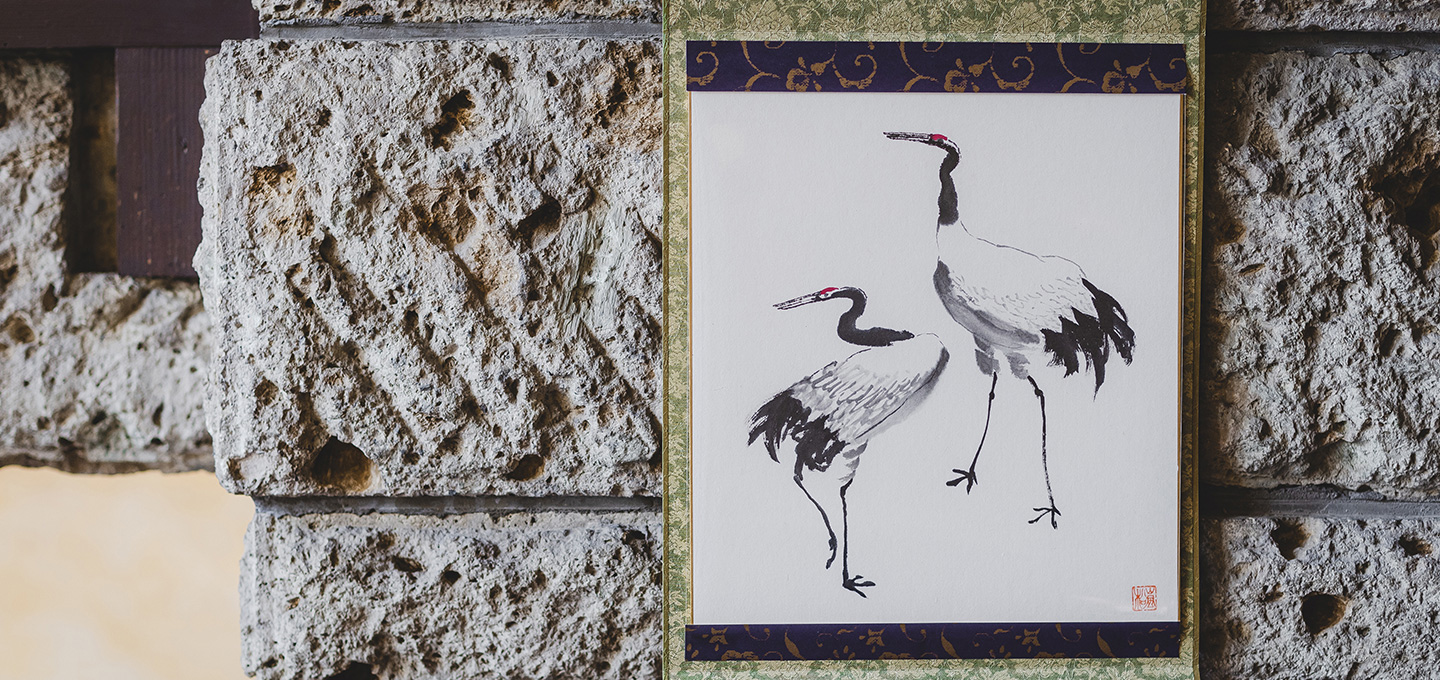
Special Experience
Tokyo
Private Suiboku-ga Painting Lesson in Frank Lloyd Wright-Designed Building
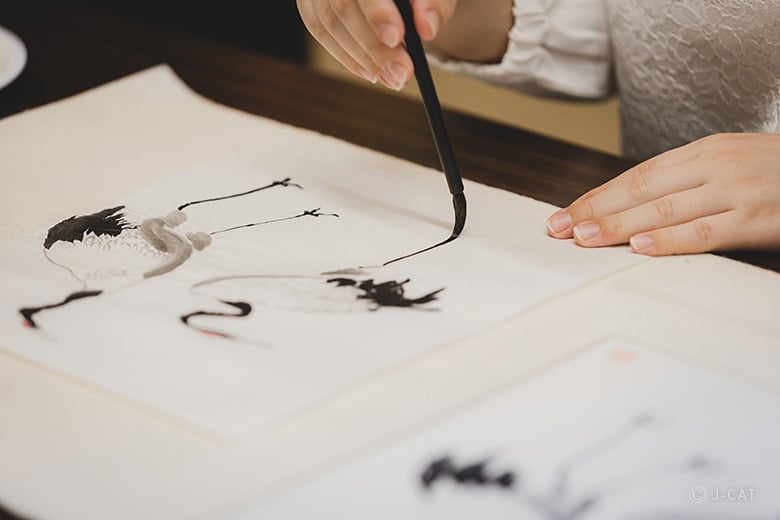
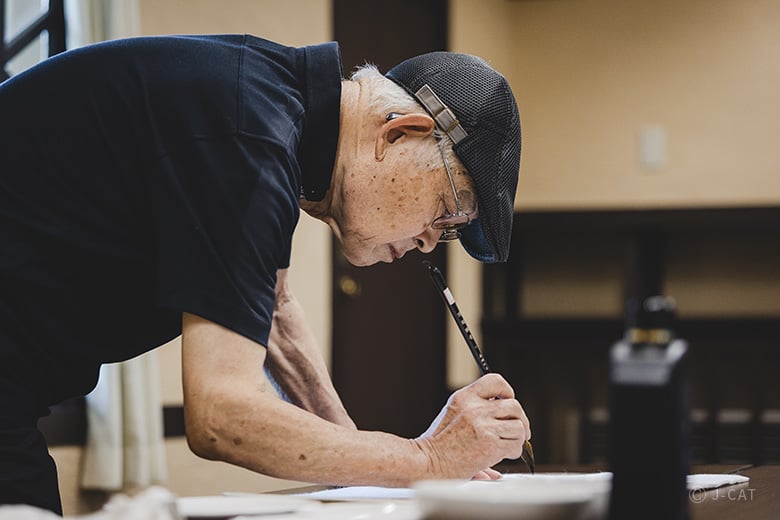
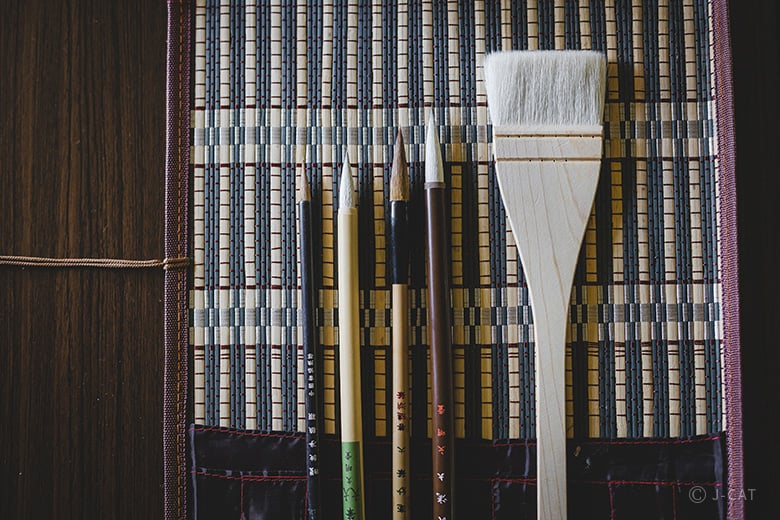
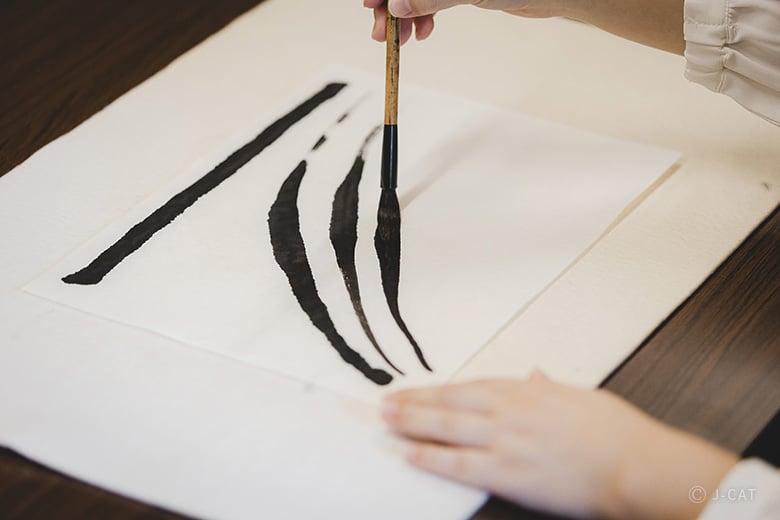
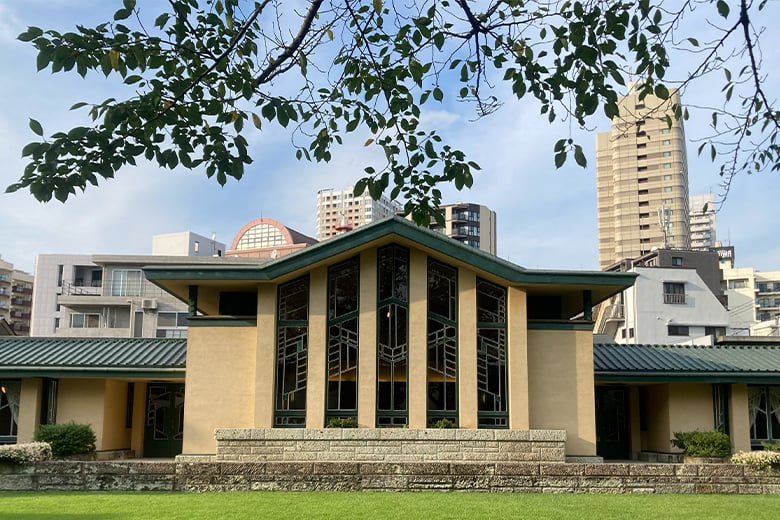
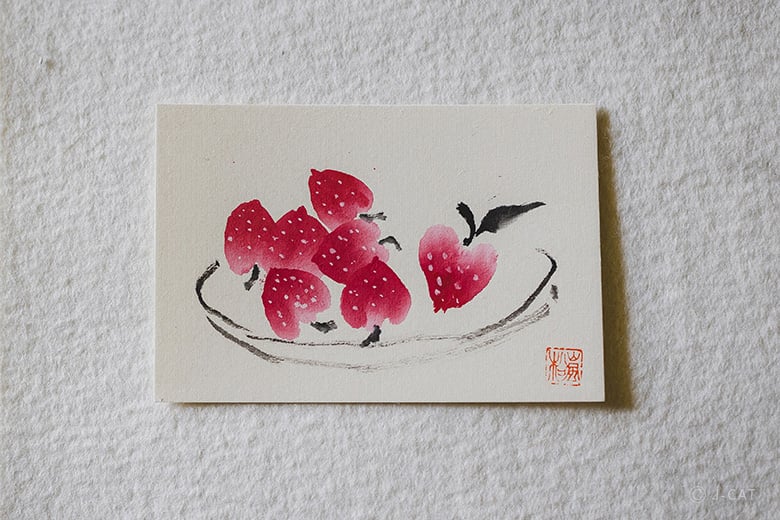
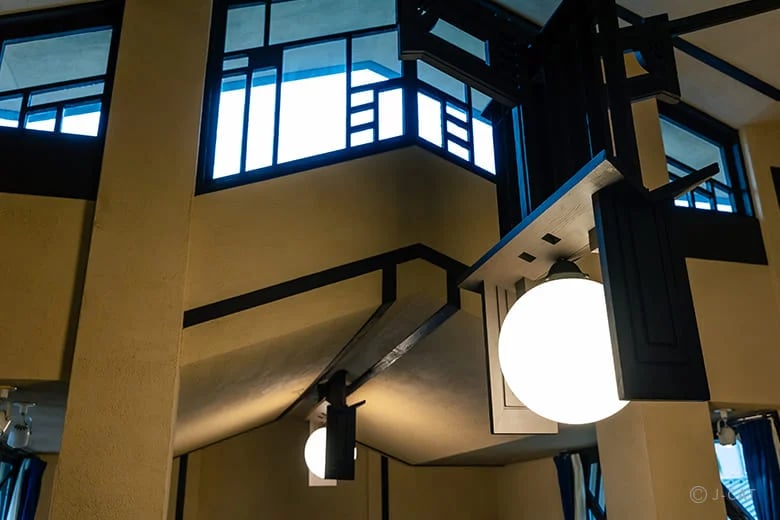
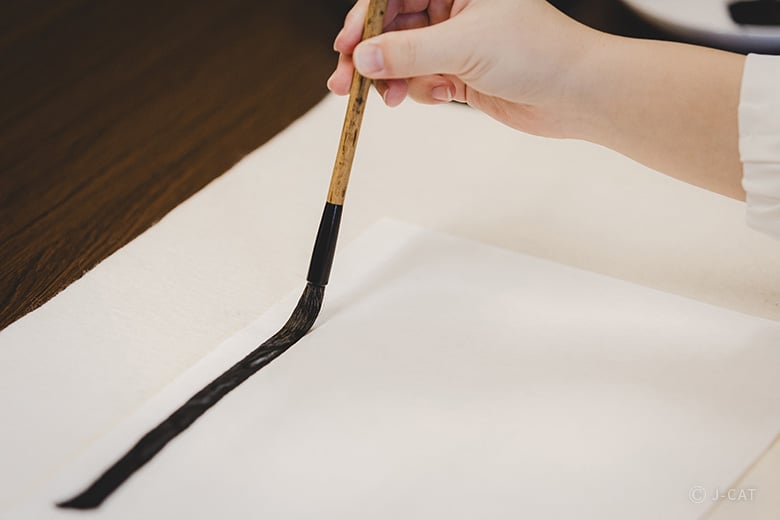
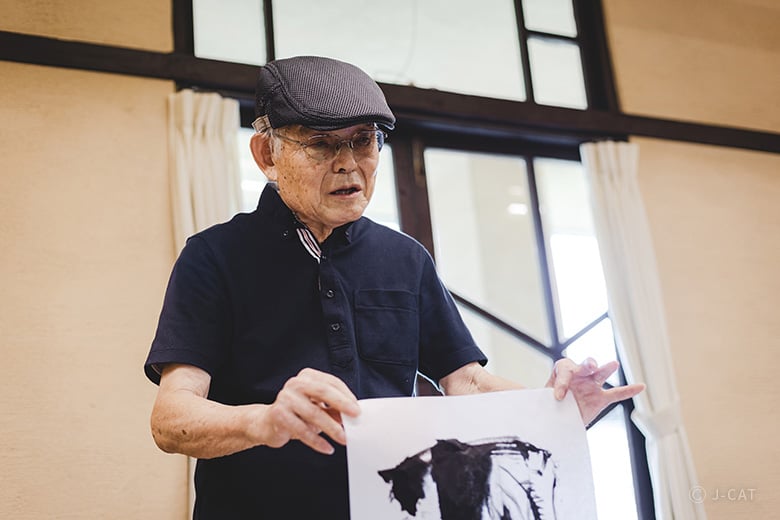
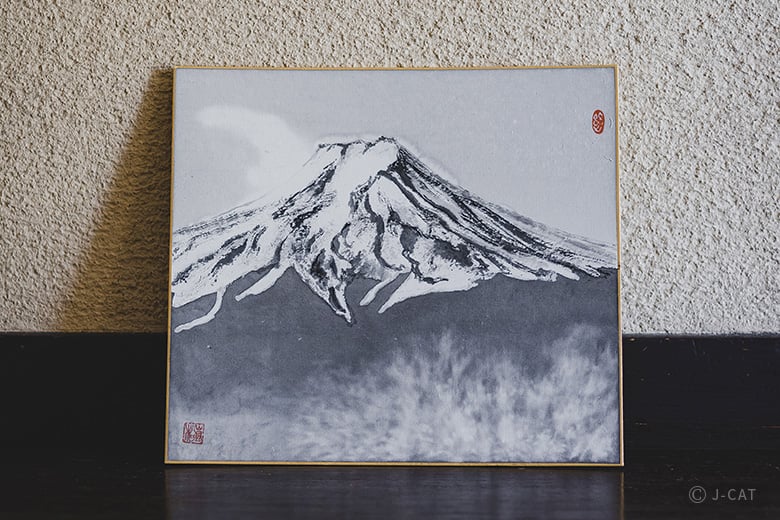
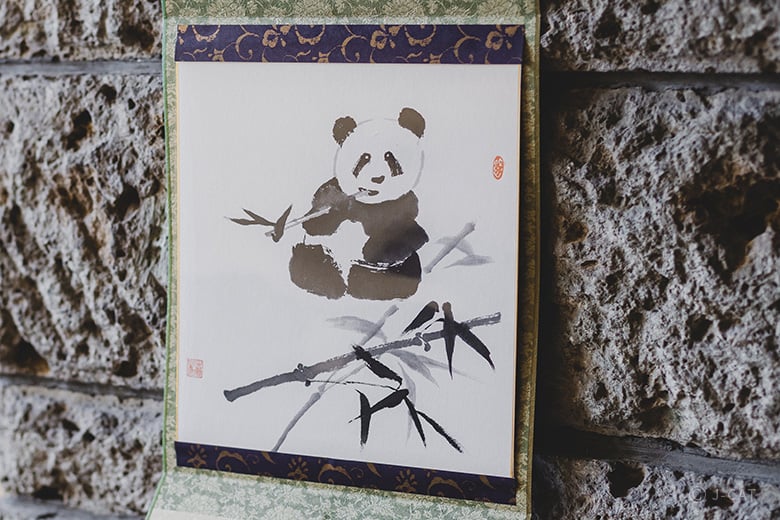
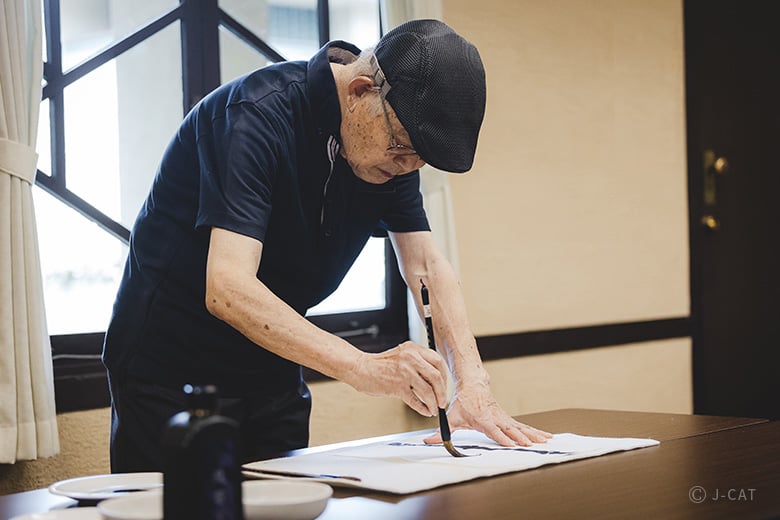
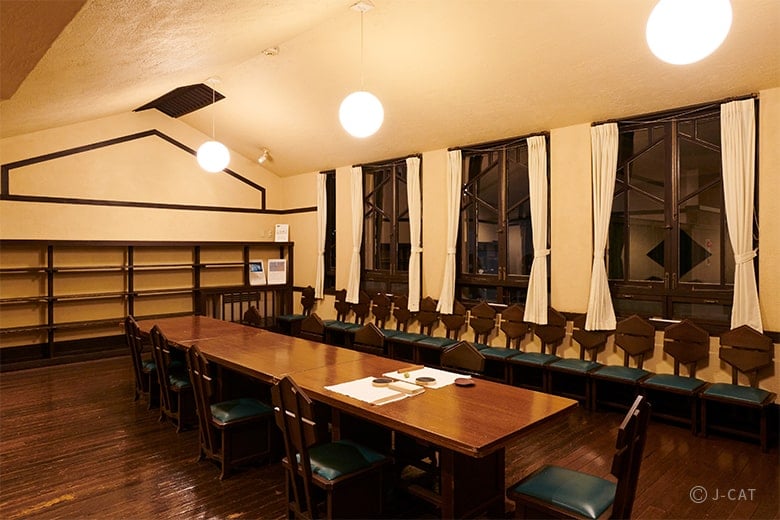
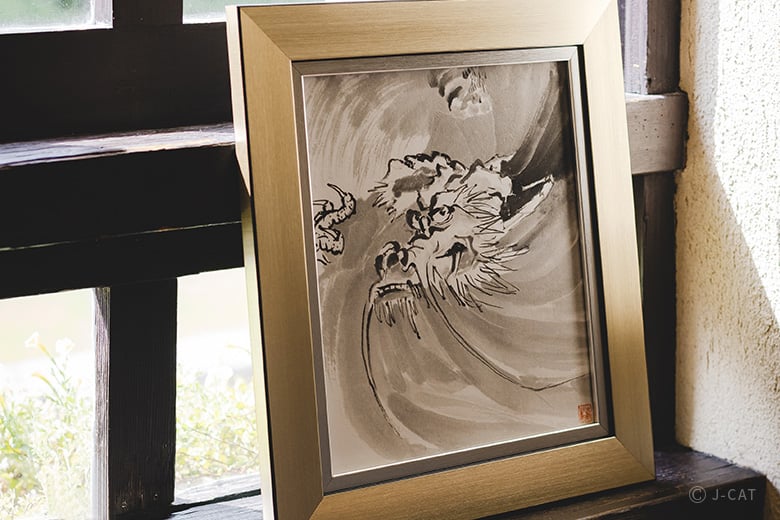
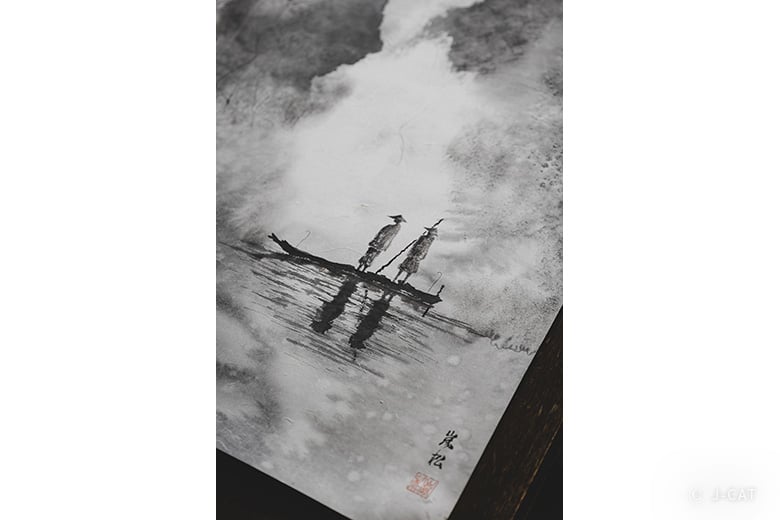
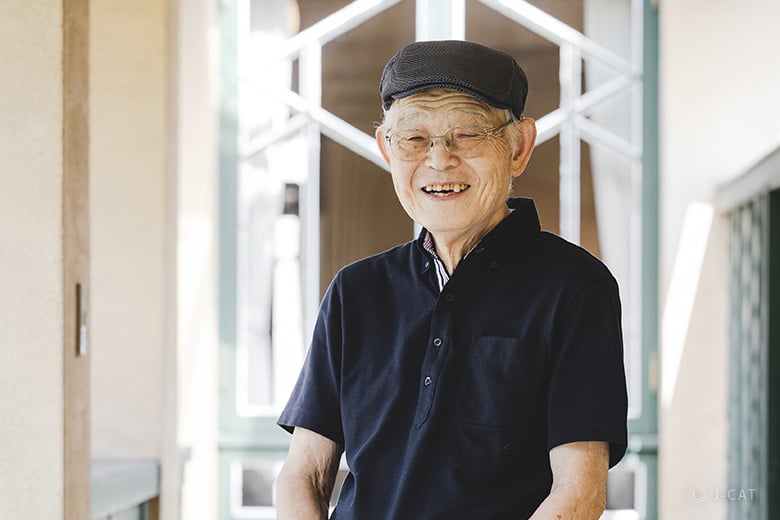
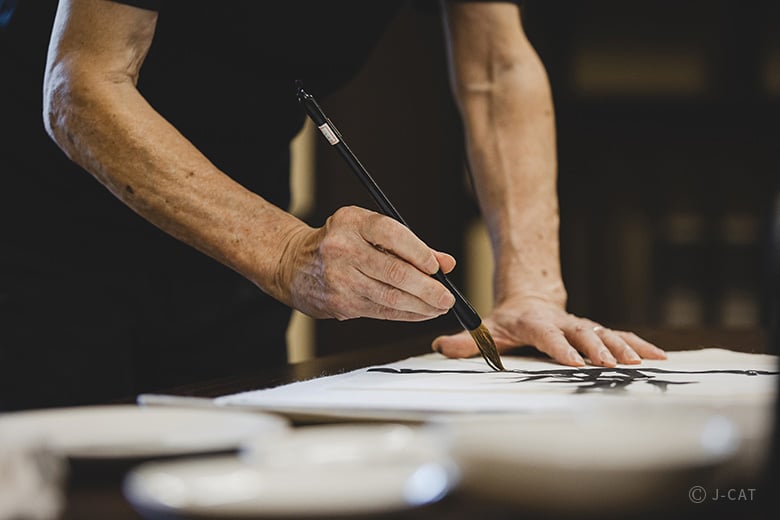
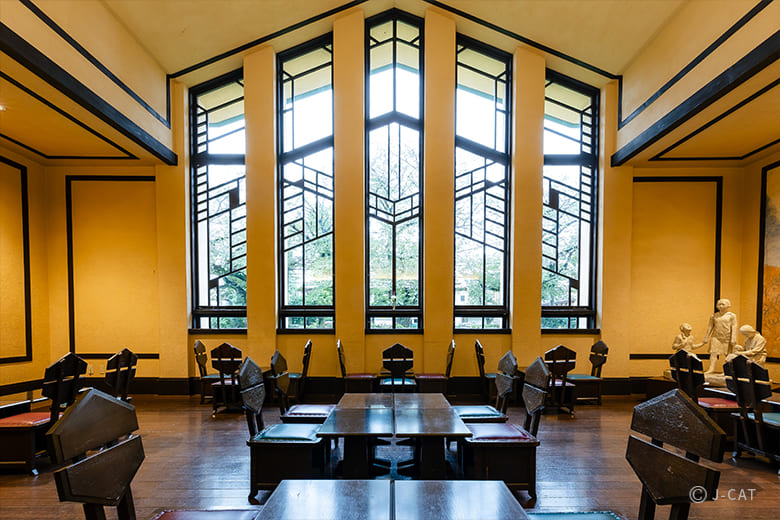
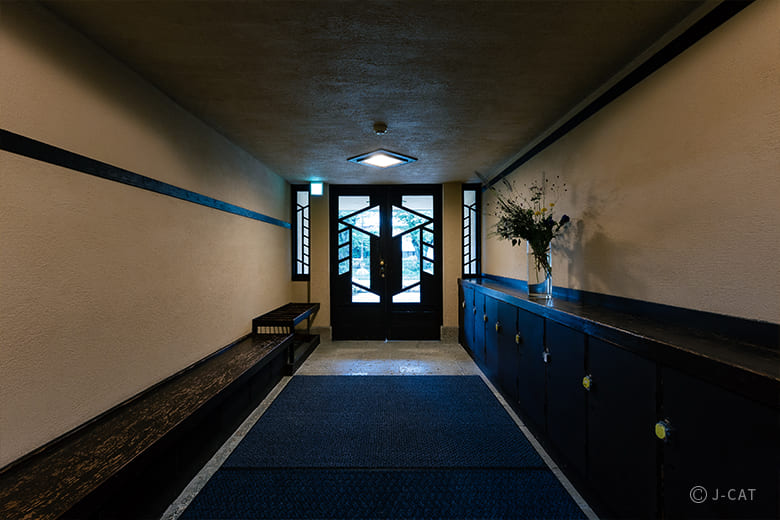
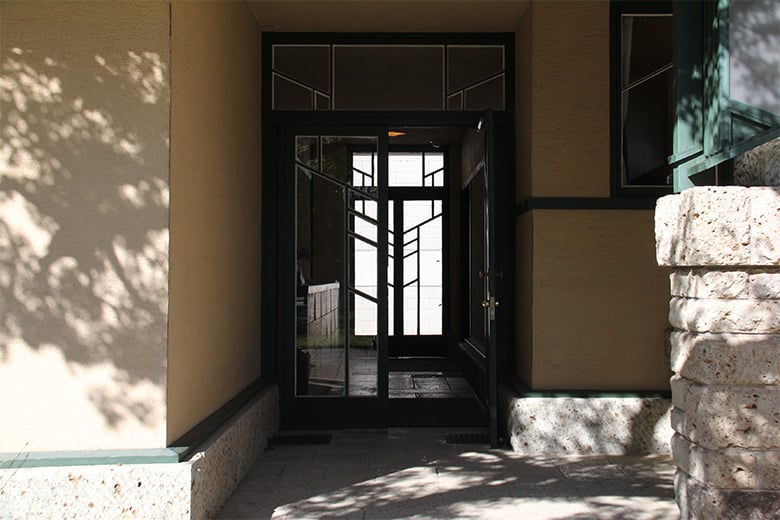




















Overview
Immerse yourself in the art of suiboku-ga (Japanese ink wash painting) through a private lesson with acclaimed artist and teacher Ransho Adachi at the historic Jiyugakuen Myonichikan complex, designed by Frank Lloyd Wright. Under his guidance, you will understand not only the fundamentals of suiboku-ga as a medium, but also how it reflects Japanese philosophies and life itself. After a personal demonstration, put his teachings into practice by creating your own work of art. As an optional add-on (additional fees apply), witness him create a masterpiece that you can take home with your painting.
Key Features
・Learn the fundamentals of suiboku-ga during a private lesson with experienced artist Ransho Adachi at the Frank Lloyd Wright-designed Jiyugakuen Myonichikan complex
・Watch him paint a suiboku-ga and create your own to take home on the day
・As an optional add-on, request a personal suiboku-ga revealing Adachi’s interpretation of a dragon or landscape of your choice
Tokyo
150mins
from ¥47,300 /person
1 - 8 participants
Available in English
Cancel free up to 8 days prior
Details
Ransho Adachi: Artist, Teacher, and Passionate Protector of Suiboku-ga’s Legacy
Sumi ink and water on paper: these are the sole materials used to create stunning suiboku-ga (Japanese ink wash paintings) that bring the essence of its subjects to life. Step into this profound world with Ransho Adachi, an acclaimed artist who teaches and promotes suiboku-ga.

Adachi’s good-natured teaching has opened up the world of suiboku-ga for many
His driving force as a teacher and artist is to preserve suiboku-ga in a society that has become increasingly digital and pass its techniques down to younger generations. While some of his students learn online from many places around the world, the simple act of physically putting brush to paper helps to refresh and anchor themselves in life.

A single brushstroke can remind you to be present in the moment
During this Wabunka experience, Adachi will teach you about the practical and philosophical elements of suiboku-ga, which you’ll then apply to your own artwork at the historic Jiyugakuen Myonichikan complex.
Go Back in Time with One of Frank Lloyd Wright’s Three Remaining Structures in Japan
Officially designated as an Important Cultural Property, Jiyugakuen Myonichikan is a former girls’ school campus designed by influential architect Frank Lloyd Wright in collaboration with his Japanese assistant, Arata Endo. Completed in 1921, its original appearance - including its distinctive geometric patterns - has largely been preserved for the public to appreciate. Entering one of the quiet buildings takes you back into the past, far away from the bustling city, despite being a mere 5-minute walk from one of the busiest stations in the world.

The main building with its charmingly patterned window frames
Formerly an architect himself, Adachi appreciates the distinct design and highlights features that reflect the times. For example, the remarkably low ceilings in some areas may be puzzling, until it’s revealed that the average student back then was far shorter than her modern counterpart. Another element to enjoy is the gray-green Oya stone used for floors, walls, and more, giving the complex a warm, gentle ambience. During your visit, take a moment to soak it all in; it may even inspire some of your suiboku-ga strokes.
Absorb the Fundamentals of Suiboku-ga, From the Practical to the Philosophical
First, dive into the basics with Adachi as he uses his own work to explain suiboku-ga’s history and defining characteristics. It was introduced from China to Japan during the Kamakura period (1185-1333) and developed alongside Zen Buddhism, leading it to become a form of expression emphasizing wabi-sabi, or finding the beauty in transience, incompleteness, and imperfection - a distinctly Japanese principle.

Understand fundamental suiboku-ga concepts with Adachi
While oil paintings generally layer color upon color, the nature of suiboku-ga means that not a single brushstroke can be covered or erased. No matter how the ink spreads, one must determine what to do next and simply keep moving forward - much like living life, as Adachi observes.

Suiboku-ga brushes may look simple, but the worlds they can create are endless
Furthermore, what is left unpainted is just as important as the shapes made; this is the concept of yohaku, which encourages you to figuratively fill in the blanks and find your interpretation of the scene. Adachi explains, “Think of it as the artwork only becoming complete with the imagination of the viewer.”

Harness your imagination to complete the scene illustrated in each piece
After learning about the fundamentals of suiboku-ga, watch a mesmerizing demonstration. Each stroke imparts a lesson on moving the brush, the balance of ink and water, and more. While the final result is monochrome, the scene vividly comes to life through masterful application of bold and gentle brushstrokes.

The movement of the brush seems like a work of art in itself
Put Adachi’s Teachings into Practice and Create Your Own Suiboku-ga
Now that you’ve seen how it’s done, it’s time to try your own hand at suiboku-ga. Whether you’re a complete beginner or an artist with another medium, rest assured that Adachi will be there to guide you through the details. From the position of the brush to how it should soak up the ink, you’ll learn the essential techniques and apply them to a practice piece.

An example of a practice painting featuring gansai traditionally used for accent colors
Then, choose from three designs for your artwork: Mount Fuji (an iconic symbol of Japan recognized as a Natural World Heritage), a red-crowned crane (an auspicious bird), or a panda (popular all around the world). Please note that each person in your group will paint the same design. As you lay your brush on the paper, let yourself relax and forget the restraints of adulthood.

Let go of the pressures of everyday life as you continue to paint
Adachi explains, “When painting, the habits that we acquired while growing up unconsciously emerge. For example, drawing parallel lines or making things symmetrical. But these aren’t suited for pictures [of nature].” Controlling the brush may be challenging at times, but let your inner child simply enjoy the process, and you may be surprised at what you can achieve.

The magnificent Mount Fuji, a quintessentially Japanese design
Your finished piece will be ready to take back with you on the day. When you’re back at home, simply hang the included scroll up and slot the paper in to create a beautiful display that will bring back fond memories of your time here.

Display your finished painting on the included hanging scroll
A Personal Work of Art Brought to Life Before Your Very Eyes
As an optional add-on, ask Adachi to create a masterpiece just for you: a suiboku-ga depicting a dragon or a landscape of your choice (additional fees apply), which you can take home with your own painting.

Adachi’s dynamic dragon seems ready to leap out of its frame (for reference only)
While suiboku-ga generally focuses on Japanese motifs, Adachi is happy to illustrate his unique interpretation of any landscape for which you can provide a reference. In fact, many of his paintings are inspired by scenes he personally photographs while traveling overseas.

Adachi does not seek to replicate, but instead to convey his own interpretation, which is later completed by the viewer’s perspective
Take Home a Suiboku-ga and Much More
In addition to fundamental techniques, learning suiboku-ga with Adachi will give you a whole new appreciation for this timeless art, its philosophy, and Japanese culture as a whole. While the number of practitioners is dwindling, he is determined to keep on increasing awareness. For this Wabunka experience, he simply wishes, “I hope it will help more people to fall in love with suiboku-ga.” Taking part will not only support his mission, but also enrich your life; his enthusiasm and insightful guidance is sure to leave you with much more than a physical work of art.

Appreciate the deep beauty of suiboku-ga and life itself with Adachi
Ransho Adachi / Jiyugakuen Myonichikan

Ransho Adachi / Jiyugakuen Myonichikan
Ransho Adachi
A suiboku-ga artist licensed as an instructor under the school of Ransui Yakata, the founder of the International Chinese Calligraphy and Ink Painting Society. Adachi teaches and promotes suiboku-ga in person and online, hoping to preserve its profound culture and pass on its techniques all around the world, particularly to younger people. His artworks have been recognized at the All Japan Sumi-e Art Exhibition, the Osaka International Suiboku-ga Art Exhibition, and more.
Jiyugakuen Myonichikan
Founded in 1921 as a school by Motoko Hani (Japan’s first female journalist) and her husband Yoshikazu, the Jiyugakuen Myonichikan complex was designed by world-renowned architect Frank Lloyd Wright and his apprentice, Arata Endo. It is known for distinct geometric designs featured in the roofs, windows, and more. In 1997, it was designated as a National Important Cultural Property and is now accessible to the public through public tours and as a venue for weddings and other events.
Location
Jiyugakuen Myonichikan
Toshima Ward, Tokyo
Request for booking
Select first preferred date (JST)
January 2026
Sun
Mon
Tue
Wed
Thu
Fri
Sat

Instant Booking

Request Booking

17
Full

17
Unavailable
Tokyo
150mins
from ¥47,300 /person
1 - 8 participants
Available in English
Cancel free up to 8 days prior
Things to know
Contact Us
If you have any questions, please contact us using the form below.
We also accept bookings from corporate clients and travel agencies.